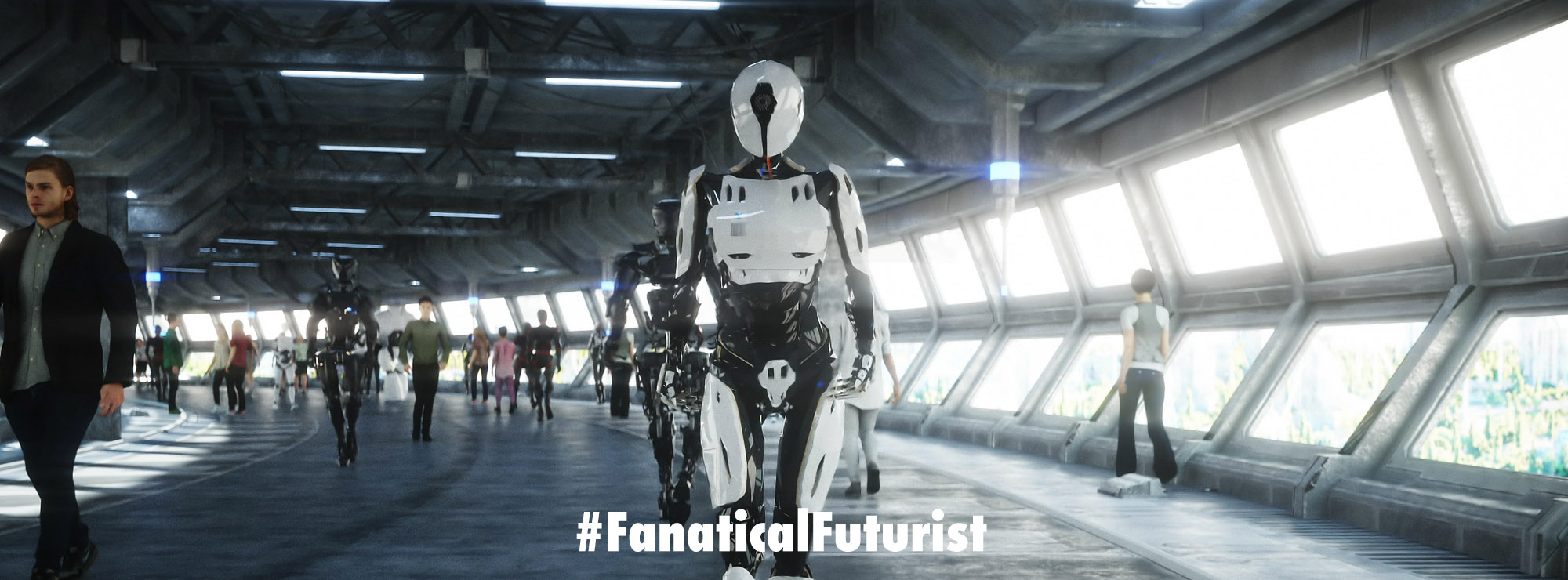WHY THIS MATTERS IN BRIEF
China is developing AI at a very fast pace, and it wants AI to be integrated into every part of the economy within the decade.
 Love the Exponential Future? Join our XPotential Community, future proof yourself with courses from XPotential University, read about exponential tech and trends, connect, watch a keynote, or browse my blog.
Love the Exponential Future? Join our XPotential Community, future proof yourself with courses from XPotential University, read about exponential tech and trends, connect, watch a keynote, or browse my blog.
As the western world braces for the “pop” of an enormous Artificial Intelligence (AI) spending bubble, it seems China is going all-in on the AI hype. Yesterday, the Chinese State Council – the government body responsible for carrying out Chinese Government policy, sort of like the executive branch of the US – released its ten-year plan for AI development.
By 2035, it declares, AI will become a “key growth engine for the country’s economic development,” enabling the People’s Republic to “fully enter a new stage of development in the intelligent economy and intelligent society, providing strong support for the basic realization of socialist modernization.”
In other words, China isn’t being shy about its ambitious plans for the buzzy software.
The extensive document highlights six main pillars of society expected to be deeply integrated with AI by 2027. These include science and technology, citizen wellbeing, industrial development, consumer goods, governance, and international relations.
Specifically, China expects to use AI to improve all manner of national development, from the way humanities scholars conduct research to the way ecologists monitor changes in the environment.
By 2030, the plan says that AI should have a usage rate of 90 percent, essentially becoming a new type of infrastructure. By this point, the government asserts that AI will become a “major growth driver of China’s economy.” China pursued similar state-led tech development with its “internet plus” plan, which successfully transformed the internet into a major component of its economy.
And by 2035, the plan says AI will have completely reworked Chinese society, implementing a new phase of economic and social production. It’s a lofty task with a ton of implications – not only for the People’s Republic, but for the entire world.
That in mind, the State Council insists that AI should be treated as an “international public good that benefits humanity.” To that end, it stresses the importance of open-source AI development, helping countries of the Global South build up their own tech sectors, and supporting the UN as the leader in AI regulation.
While China’s AI industry is rising – as evidenced by the stunning success of the open-source AI platform DeepSeek earlier this year – its models still lag months behind US AI in terms of performance, in large part due to constraints imposed by western nations.
Still, the People’s Republic is rapidly closing the gap. Near the end of 2023, US AI models outperformed Chinese models over 13 percent of the time in general reasoning tests, according to FOX Business News. By the same time in 2024, that number was down to 8.1 percent.
The State Council’s ten-year plan hopes to further close the lead by strengthening key areas important to AI development, such as basic model performance, security measures, data supply, and power management – some of which are already vastly ahead of the US.
Whether Beijing can deliver on its massive goals using the often faulty software remains to be seen. If other nationally-coordinated plans are any indication though, the country might just be in for a massive overhaul.















